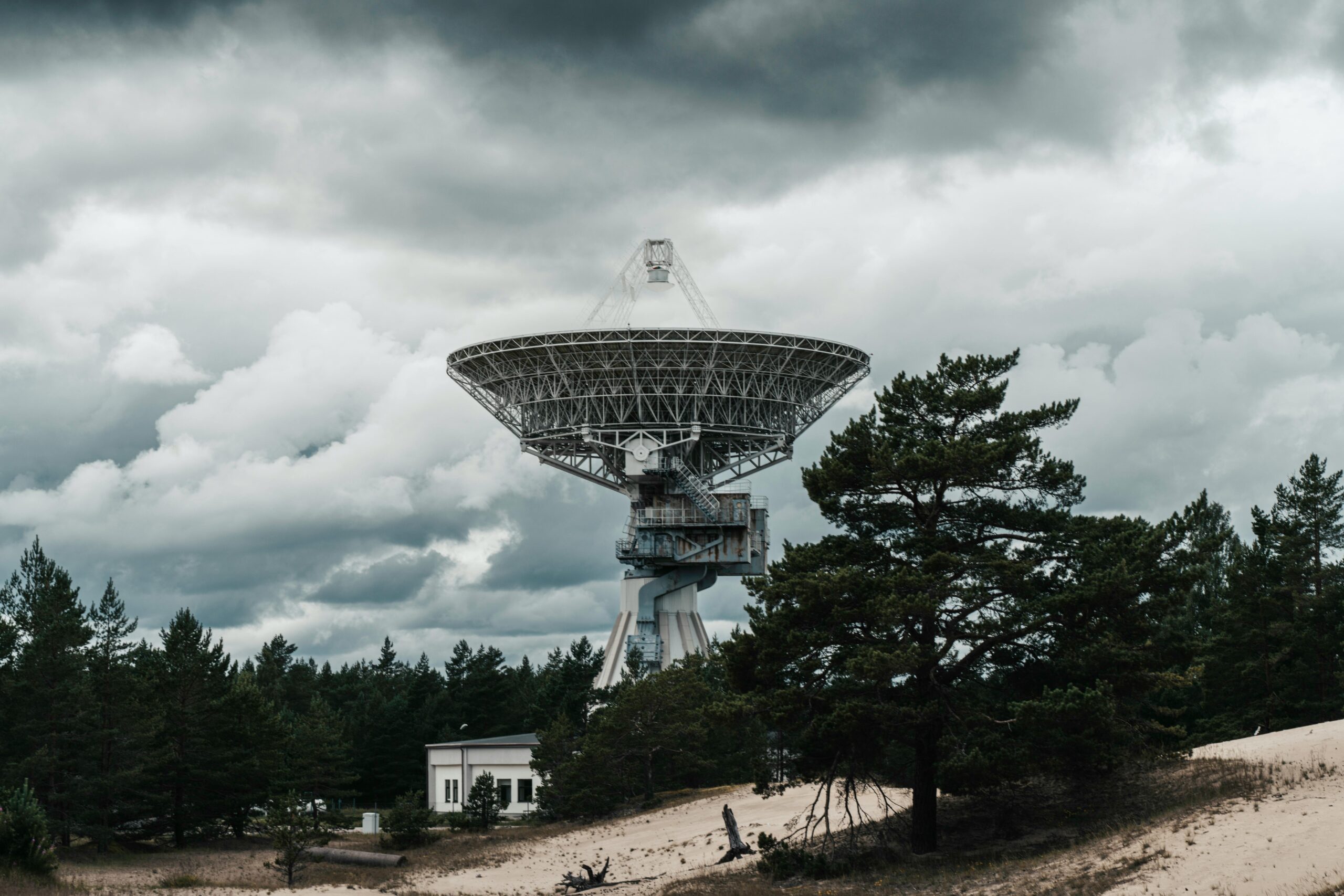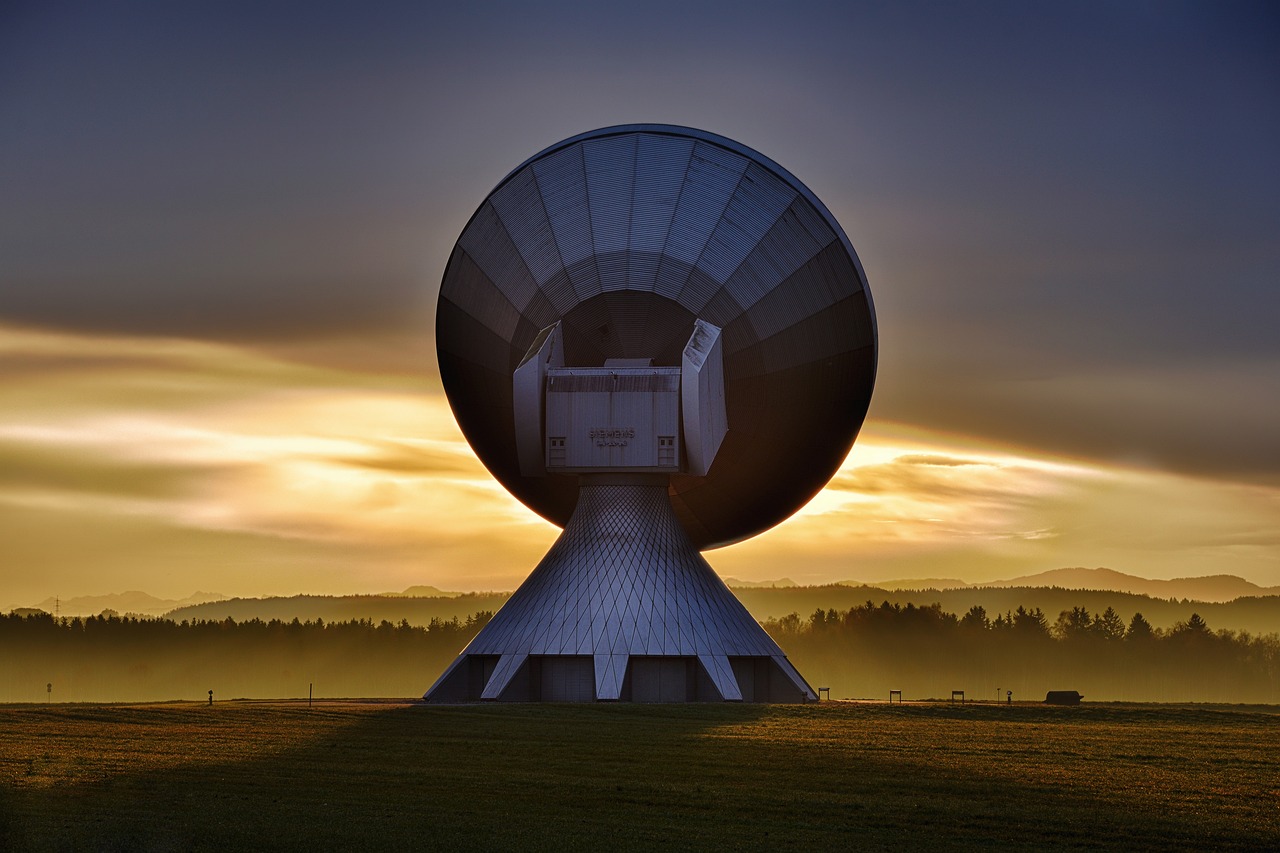MEASUREMENTS AND DATA
Click on the dots on the map to discover different stations of ground-based instruments located on the Earth’s surface and employed to collect data about various environmental or atmospheric conditions. These scientific tools and devices are typically used to measure air quality, temperature, light levels, and even geological activity.
Satellite Instruments
It is also possible to collect data using satellite instruments. This type of instruments measures light pollution by detecting the scattering of artificial light, which obscures the stars. Various public websites, like the World Atlas of Artificial Sky Brightness, use satellite data to provide light pollution maps. However, satellites in low Earth orbit can also contribute to light pollution.
MEASUREMENTS INFORMATION
Understanding and monitoring night sky brightness is essential for assessing the growing impact of light pollution on ecosystems and human health. This overview explores the methods, instruments, and measurement units used to quantify artificial light at night, both from the ground and from space.

Sky Brightness Measurements
Monitoring night sky brightness is pivotal in addressing the increase in light pollution. Measurements help assess the impact of new lighting systems, particularly in urban and suburban areas, and to track changes in once-untouched rural regions.

Measurement Devices
Light pollution can be monitored using measurements from photometers, namely ground-based or space-based instruments capable of measuring the intensity of incident light.

Measurement Units
Light intensity can be measured in different ways, such as radiance, spectral radiance, and luminance, each with its own specific application.

Suggest Existing Instruments or Networks
Do you know of any existing ground-based or satellite-based instruments that are useful for the monitoring of light pollution? Do you have suggestions or anything to report?
Help us keep our repository accurate and up to date!
This repository is managed by INAF as part of the Interreg Central Europe project DARKERSKY4CE, co-funded by the European Union. The views and opinions expressed herein are those of the authors and do not necessarily reflect those of the European Commission. Whilst INAF takes every precaution to ensure that the content is accurate, INAF cannot guarantee that all information or data on the website is correct. Therefore, INAF accepts no responsibility or liability whatsoever with regard to the information or data on the website or for any use which may be made of it.
